Chemotherapy is a key part of cancer treatment. It’s important for patients and their families to understand its role. The University of Texas MD Anderson Cancer Center explains that chemotherapy uses medicines to treat cancer. It aims to control symptoms and improve life quality through chemotherapy for cancer.
Chemotherapy can cure or control cancer, relieve symptoms, and enhance life quality. It’s a vital part of cancer treatment. Chemotherapy is often used with other treatments like surgery or radiation therapy. With over 100 different drugs, it’s effective against many cancers, including breast, lung, and blood cancers.
More than 50% of cancer patients receive chemotherapy. It shows how important it is in fighting cancer. Chemotherapy can be given in various ways, like injections, infusions, oral tablets, and topical applications. Knowing how chemotherapy works and its benefits helps patients navigate their treatment journey. It aids in making informed decisions about their care, including chemotherapy for cancer.
Key Takeaways
- Chemotherapy is a key part of cancer treatment, aiming to control or alleviate cancer symptoms.
- Chemotherapy can cure or control the spread of cancer, relieve symptoms, and improve quality of life through chemotherapy for cancer.
- There are over 100 different drugs used in chemotherapy treatments, making it a highly effective method for treating various types of cancer.
- Chemotherapy can be delivered through multiple administration routes, including injections, infusions, oral tablets, and topical applications.
- More than 50% of all people with cancer will receive chemotherapy, highlighting its importance in the fight against cancer.
- Chemotherapy can be used in conjunction with other treatments, such as surgery or radiation therapy, to provide complete cancer care.
Understanding What Chemotherapy Is and How It Works
Chemotherapy is a cancer treatment that uses chemotherapy drugs to kill cancer cells. The National Cancer Institute says it can be used alone or with other treatments like surgery and radiation. Its goal is to target and destroy cancer cells, helping to shrink tumors and ease symptoms.
Chemotherapy can cause side effects of chemotherapy like fatigue, mouth sores, nausea, and hair loss. About 30% of patients say fatigue is the most common side effect. But, doctors don’t just look at side effects to judge how well the treatment is working.
Chemotherapy can be given in different ways, like orally, IV, through injection, or topically. IV is the most common way. The choice of chemotherapy drugs depends on the cancer type, how advanced it is, and the patient’s health.
The Science Behind Chemotherapy
Chemotherapy targets cancer cells that grow fast, unlike normal cells. It can cure some cancers, like testicular cancer and Hodgkin lymphoma. But, how well it works varies by cancer type, and sometimes it’s used with other treatments to lower the chance of cancer coming back.
Types of Cancer Cells Targeted
Chemotherapy can treat many cancers, including breast, bowel, and lung cancer. It can cause side effects of chemotherapy like hair loss, bone marrow suppression, and skin irritation. This is because it affects cells that grow and divide a lot.
How Chemotherapy Differs from Other Treatments
Chemotherapy is different from treatments like radiation and immunotherapy because it targets fast-growing cancer cells. Radiation uses high-energy rays, and immunotherapy uses the immune system. Chemotherapy uses chemotherapy drugs to kill cancer cells, making it a key treatment for many cancers.
When Doctors Recommend Chemotherapy Treatment
Chemotherapy is often suggested when cancer is advanced or has spread. The Mayo Clinic says it can shrink tumors before surgery or radiation. This makes it key in the chemotherapy process. Doctors consider many factors, like cancer type and stage, and the patient’s health.
Doctors might suggest chemotherapy to cure cancer or after surgery to get rid of hidden cancer cells. Sometimes, it’s used before other treatments to reduce tumors. The aim is to kill cancer cells, and the chemotherapy recovery can be tough. But, with the right support, patients can manage side effects and get the best results.
Several factors influence a doctor’s choice to recommend chemotherapy:
- The type and stage of cancer
- The patient’s overall health and fitness
- The benefits and risks of chemotherapy
Understanding when chemotherapy is suggested helps patients make informed choices. They can take an active role in their chemotherapy recovery. With the right approach, patients can get through the chemotherapy process and achieve the best outcome.
Common Types of Chemotherapy Drugs and Their Applications
Chemotherapy drugs are key in cancer treatment. Knowing the different types helps patients make better choices. The University of Texas MD Anderson Cancer Center lists several classes, like alkylating agents, antimetabolites, and targeted therapy. Each drug works differently and treats various cancers, affecting how well it works.
Alkylating agents treat lung, breast, and ovarian cancers. They damage cancer cells’ DNA, stopping them from growing. Antimetabolites block genetic material production, slowing cancer cell growth. Targeted therapies, like hormone therapies and immunotherapies, target specific proteins or receptors on cancer cells. This is different from traditional chemotherapy.
Using multiple chemotherapy drugs together can make treatment more effective. It also lowers the chance of drug resistance. Knowing about different drugs and their uses helps find the best treatment for each patient. This improves how well chemotherapy works.
Some common chemotherapy drugs include:
- Alkylating agents: Altretamine, Bendamustine, and Cisplatin
- Antimetabolites: 5-fluorouracil and Methotrexate
- Targeted therapy medications: Hormone therapies and Immunotherapies
The Chemotherapy Treatment Process: What to Expect
It’s important for patients to know what to expect during chemotherapy. The treatment schedule varies based on the type and stage of cancer. A typical cycle includes a treatment period followed by a rest period. This pattern is often 1 week of treatment followed by 3 weeks of rest, making a cycle last 4 weeks.
The journey starts with a consultation and planning phase. Here, patients talk about their treatment options with their doctor. The treatment itself can be given through infusion, injection, or pills. Knowing these details helps prepare for recovery.
Some important things to remember include:
- Treatment schedules and cycles
- Methods of treatment administration
- Duration of treatment
- Potential side effects, such as fatigue, nausea, and hair loss
Regular check-ups are key during treatment. Patients often see their doctor for exams and tests like blood work and scans. Following the treatment plan and attending all appointments is vital for the best results.
Understanding the chemotherapy process helps patients prepare better. This knowledge reduces anxiety and uncertainty. It allows patients to focus on their recovery and well-being.
| Treatment Phase | Description |
|---|---|
| Initial Consultation | Patient discusses treatment options with their doctor |
| Treatment Administration | Chemotherapy is administered through various methods |
| Treatment Cycles | Patient receives chemotherapy in cycles, with rest periods in between |
Managing Common Side Effects During Treatment
Chemotherapy can lead to side effects like nausea, vomiting, fatigue, and hair loss. The Mayo Clinic says these can be managed with medicine, lifestyle changes, and other methods. It’s key to tell your healthcare team about any side effects and get support from loved ones and groups.
Some common side effects of chemotherapy include:
- Nausea and vomiting
- Fatigue
- Hair loss
- Diarrhea or constipation
- Mouth sores
- Loss of appetite
It’s important to manage these side effects to keep patients going through treatment. This can be done with medicine, lifestyle changes, and other therapies. For example, drinking lots of water, eating small meals often, and keeping clean can help with nausea and diarrhea.

Patients can also benefit from chemotherapy recovery programs. These offer support and guidance during treatment. They help manage side effects, keep patients physically and emotionally well, and aid in a successful recovery.
| Side Effect | Management Strategy |
|---|---|
| Nausea and vomiting | Medication, small frequent meals, hydration |
| Fatigue | Rest, exercise, stress management |
| Hair loss | Wigs, hats, scalp cooling |
Preparing Your Body and Mind for Chemotherapy
Getting ready for chemotherapy is key to dealing with its challenges. The University of Texas MD Anderson Cancer Center says patients need to prepare physically, mentally, and emotionally. This means getting enough rest, eating well, and getting support from loved ones.
Eating right is important for chemotherapy prep. Focus on foods full of nutrients like fruits, veggies, and whole grains. A good diet can help your treatment work better and lessen side effects. Also, drink lots of water and other fluids to stay hydrated.
Being mentally and emotionally ready is also critical for recovery. Look for support from family, friends, and groups. Having a support system can help you deal with chemotherapy’s emotional and psychological effects. By preparing your body and mind, you can feel better and have a better chance of successful treatment.
- Getting enough rest and sleep
- Eating a healthy and balanced diet
- Staying hydrated by drinking plenty of water and other fluids
- Seeking support from family, friends, and support groups
- Creating a support system to help cope with the emotional and psychological impact of chemotherapy
| Chemotherapy Preparation Tips | Benefits |
|---|---|
| Getting enough rest and sleep | Improves treatment outcomes and reduces fatigue |
| Eating a healthy and balanced diet | Supports overall health and well-being |
| Staying hydrated | Reduces the risk of side effects and improves treatment outcomes |
Nutrition and Lifestyle Changes During Treatment
When you’re going through chemotherapy, it’s key to focus on chemotherapy nutrition and chemotherapy lifestyle changes. These can help manage side effects and boost your health. Eating right and staying active are big steps in coping with treatment.
A good diet during chemotherapy should include lots of fruits, veggies, whole grains, and lean proteins. Drinking plenty of water and other fluids is also important. Some people might need more protein and calories because of the treatment.
Here are some diet tips:
- Eat small, frequent meals to manage appetite loss
- Choose foods high in protein and calories to maintain weight
- Incorporate plant-based proteins, such as beans and nuts, into your diet
- Stay hydrated by drinking plenty of water and other fluids
Regular exercise, like walking or yoga, can also help manage side effects and improve health. It’s important to balance exercise with rest to avoid getting too tired. A daily routine that includes both activity and rest can help you cope with treatment.
By choosing healthy chemotherapy lifestyle options, patients can lower the risk of side effects and enhance their quality of life. Getting advice from a registered dietitian or healthcare professional can offer personalized guidance on chemotherapy nutrition and lifestyle changes during treatment.
| Dietary Recommendation | Benefits |
|---|---|
| High-protein diet | Maintains weight and muscle mass |
| Hydration | Manages constipation and other side effects |
| Plant-based proteins | Provides essential vitamins and minerals |
Monitoring Progress and Treatment Effectiveness
It’s very important to keep track of how well chemotherapy is working. The Mayo Clinic says regular check-ups, blood tests, and imaging studies are key. These help see if the treatment is effective.
Blood tests check for substances that cancer cells release. This shows if the tumor is growing. Imaging studies like X-rays and CT scans give detailed views of the body. They help find the tumor and see how it’s responding to treatment.
Some signs of chemotherapy recovery include:
- A partial response or partial remission, where the tumor shrinks by at least 50%
- A complete response or complete remission, where the cancer cannot be measured on any test
- Stable disease, where the cancer size remains unchanged
- Progression, where the cancer has grown or spread
Patients often see their oncologist many times after treatment ends. Keeping an eye on progress helps patients stay involved in their care. This way, they can make changes to get the best results.
Complementary Therapies to Support Chemotherapy
Chemotherapy can be tough and overwhelming. But, there are many complementary therapies that can help. The University of Texas MD Anderson Cancer Center offers acupuncture, massage, and meditation. These help patients deal with the physical and emotional side of chemotherapy.
These chemotherapy complementary therapies can help with conventional treatment. For instance, acupuncture can help with pain in cancer survivors. Also, chemotherapy support from integrative medicine, like dietary supplements and nutrition counseling, can manage side effects like nausea and fatigue.
Some key benefits of complementary therapies include:
- Reduced stress and anxiety
- Improved sleep quality
- Enhanced mood and overall well-being
- Increased sense of control and empowerment
It’s important to remember these therapies are not a replacement for medical treatment. Always talk to your healthcare provider before starting any new therapies. The goal of chemotherapy complementary therapies is to offer extra support and relief, not to replace proven medical treatments.
By adding complementary therapies to their treatment plan, patients can feel better overall. It’s key to find a balance between conventional and complementary therapies for the best results. With the right chemotherapy support, patients can face their treatment journey with more ease and confidence.
| Therapy | Benefits |
|---|---|
| Acupuncture | Pain relief, reduced nausea |
| Massage | Improved mood, reduced stress |
| Meditation | Enhanced overall well-being, improved sleep |
Moving Forward: Life After Chemotherapy Treatment
After chemotherapy ends, survivors face new challenges. Chemotherapy recovery is complex, but with support, they can thrive. Chemotherapy support from healthcare, loved ones, and groups is key.
Survivors often deal with lingering side effects like fatigue and nerve damage. They also face emotional challenges, like fear of cancer coming back. With the right therapies and support, they can regain their health and find happiness again.
Regular check-ups, healthy habits, and joyful activities help in recovery. With time, patience, and professional advice, survivors can live a fulfilling life after treatment.
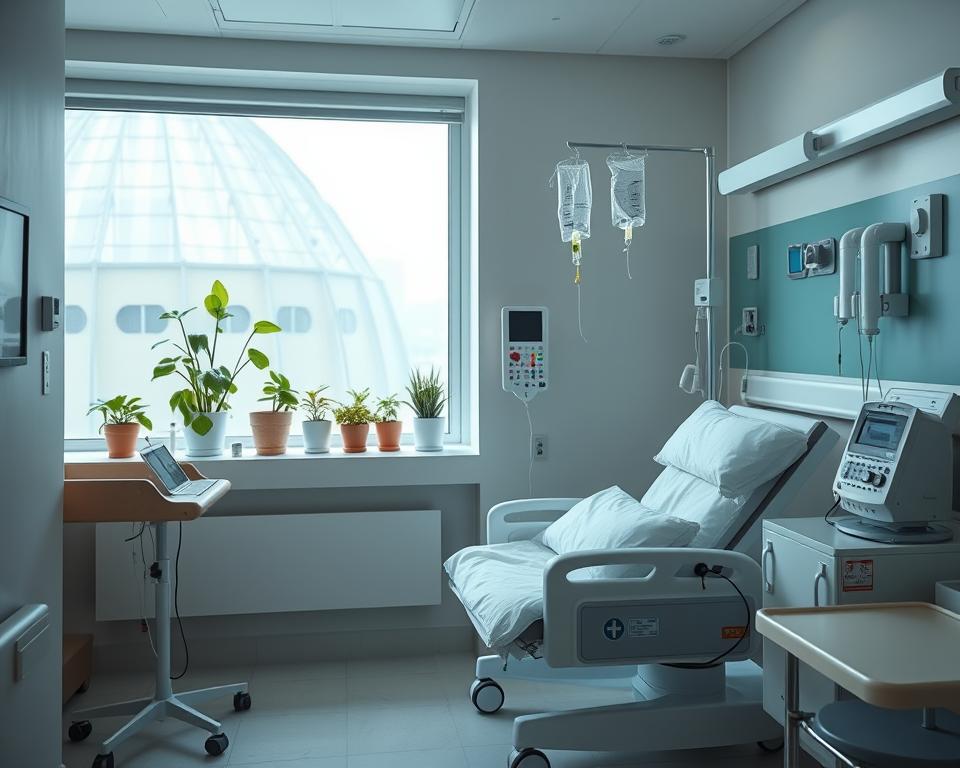

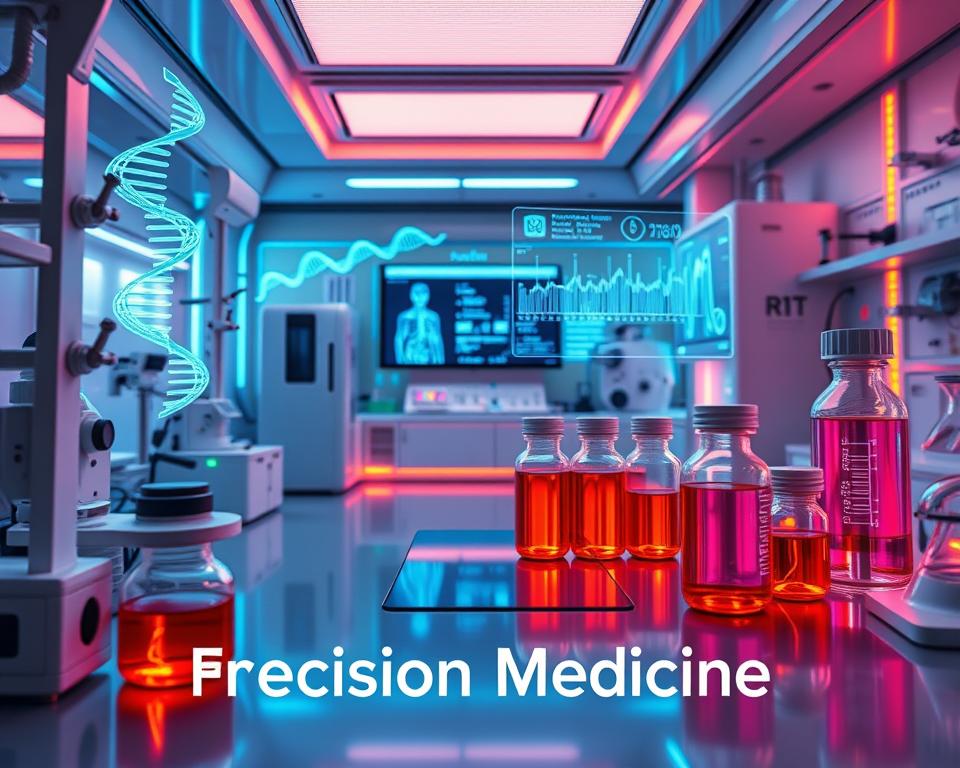
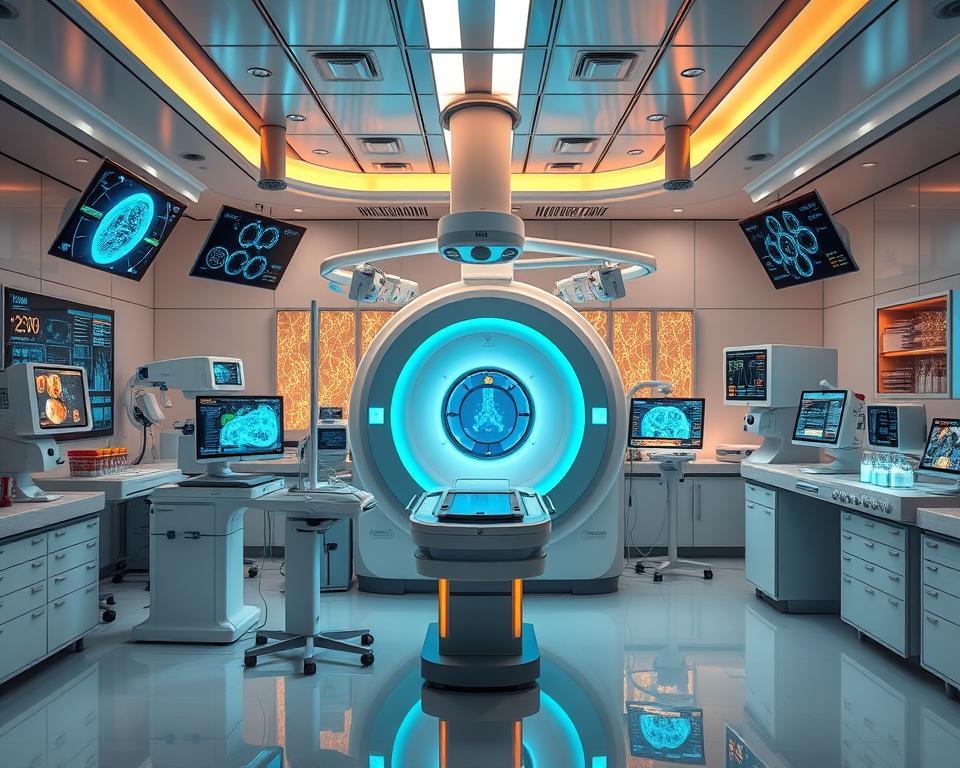
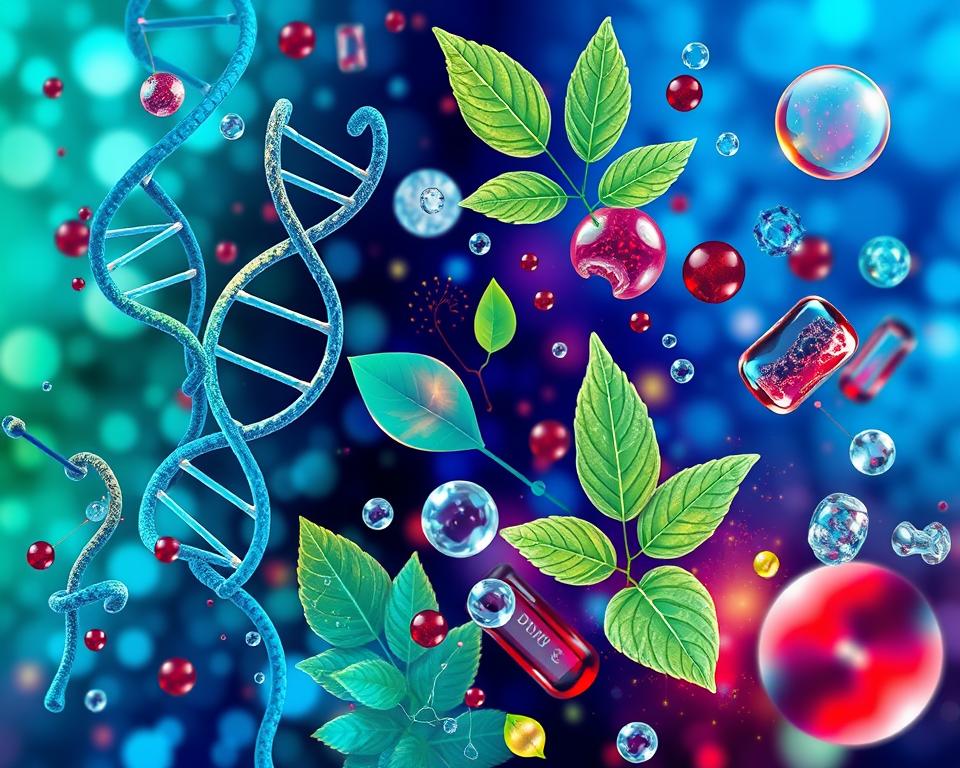
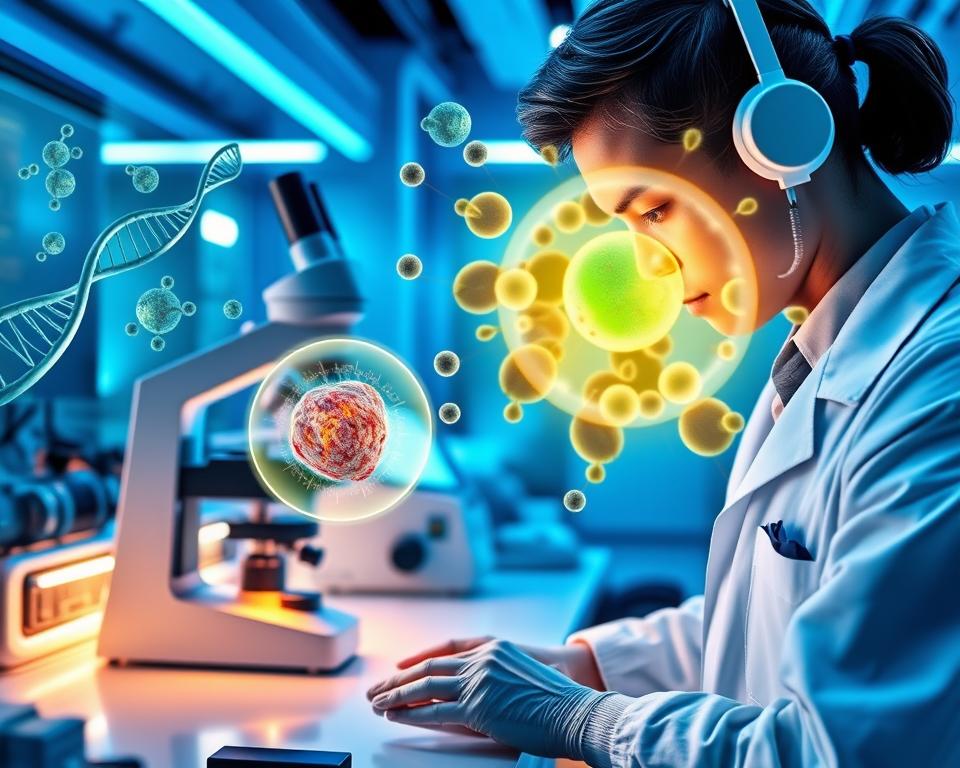
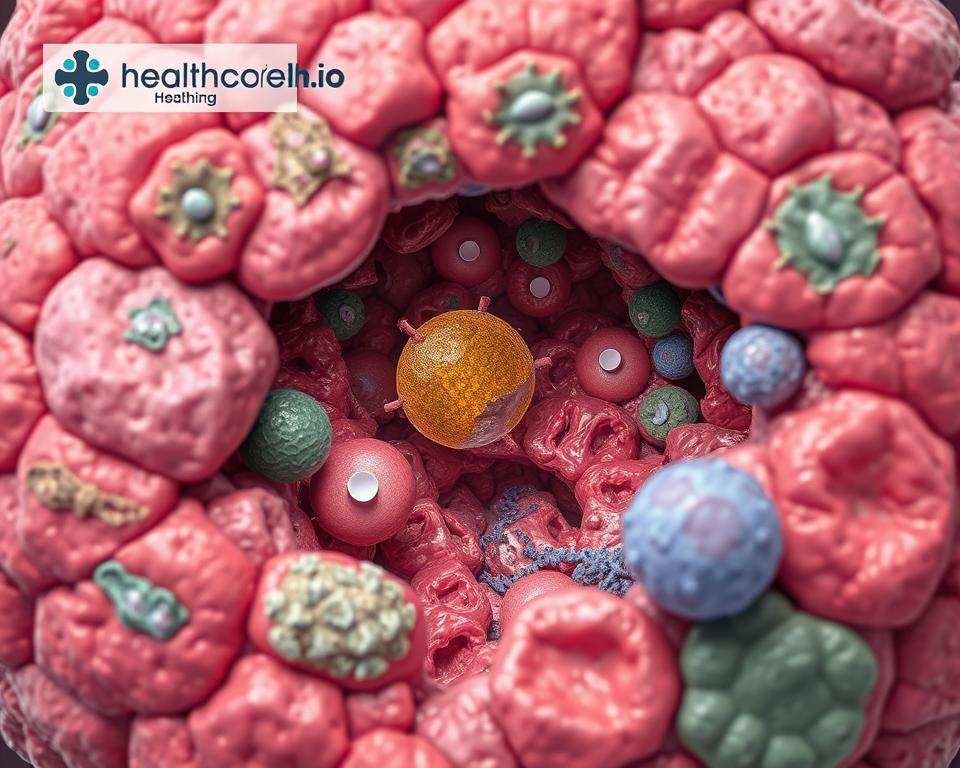






Leave a Reply